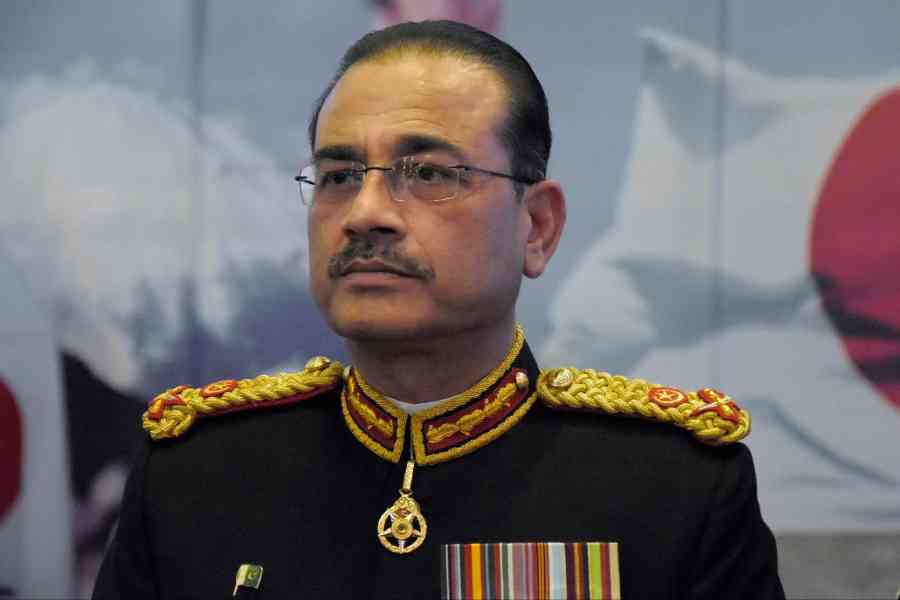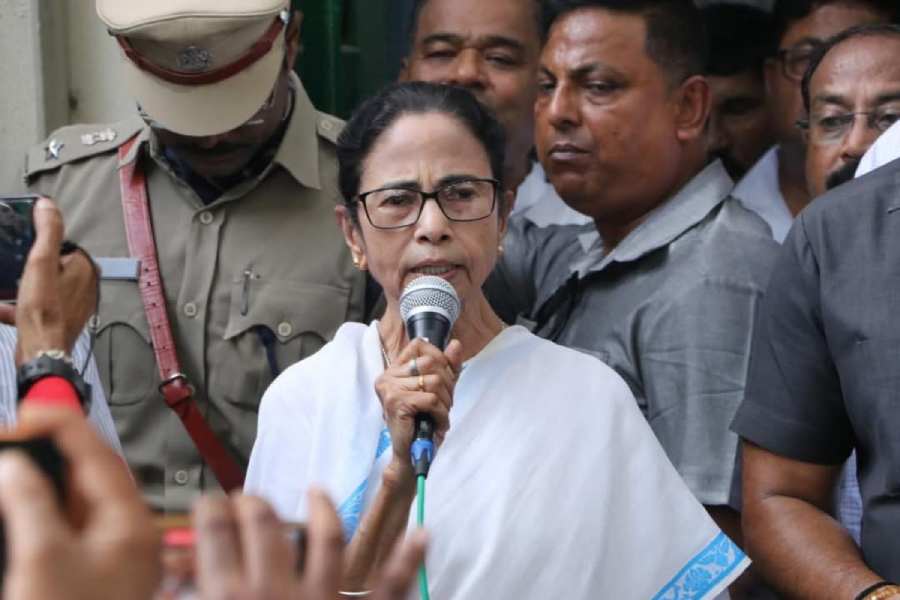Berhampur, April 3: The department of atomic energy is in the process of establishing emergency response centres across the country which will be equipped with radiation monitors and protective gear for emergency response purposes.
One such centre was inaugurated on Sunday at the Odisha Sands Complex-OSCOM of Indian Rare Earth (IRE) Limited, a central government undertaking, at Matikhala near Chatrapur.
“The IRE centre is the 21st emergency response centre, being set up by the Bhabha Atomic Research Centre. This is the first of its kind in Odisha. The department of atomic energy proposes to establish a countrywide network of such centres. This centre has been equipped with a variety of sophisticated imported equipment, including contamination monitors. The department of atomic energy established 20 emergency response centres earlier which are in operation now,” said D. Vidyasagar, emergency response manager and the coordinator of the centre.
The International Atomic Energy Agency had advised all countries to have their own emergency response centres following the mishap at Chernobyl nuclear plant.
The Bhabha Atomic Research Centre has had a separate environmental assessment division since 1989.
In November 2000, police had seized 26kg of uranium and arrested two persons in Hyderabad.
In November 2009, some criminals at Kaiga Atomic Power Station in Karnataka had laced drinking water with tritium, which had affected around 90 employees of the plant.Cobalt-60, a radioactive material, was found in a scrap yard in west Delhi in April 2010. It was traced to Delhi University’s chemistry department where it had been lying unused for 25 years before it was sold as scrap in February 2010.
This resulted in the death of one person and radiation exposure to seven persons. The incident, which occurred a few months before the Commonwealth Games, had created widespread panic not only in Delhi but also around the world. Security agencies have for some time feared the possibility of terrorists using such material and other chemical, biological and radiological waste for low intensity strikes.
The gravity of the issue has forced the government to seek tighter measures on scientific handling of radioactive materials and initiate a series of steps to prevent such lapses in the future.
“Meeting such challenges and equipping our police and government officials will only be useful if they are properly trained,” Vidyasagar said.
“We have told the district administration, the police and all the safety-related persons to get trained in radiology surveillance,” he said.
The Mumbai Police became the country’s first civilian force to train a batch of 56 commandos to handle a “chemical emergency” under the guidance of the National Disaster Response Force.
The Delhi Police also procured a radiation meter and trained some of its personnel with the help of the National Disaster Management Authority and Bhabha Atomic Research Centre.
Inaugurating the emergency response centre in Odisha, Ligaraj Rath, additional district magistrate, Ganjam, said the centre was meant to extend technical support to the state government for monitoring radiation.










